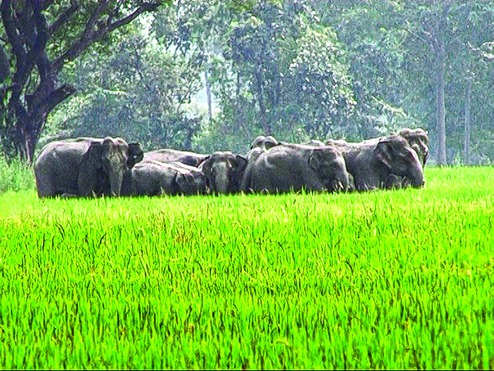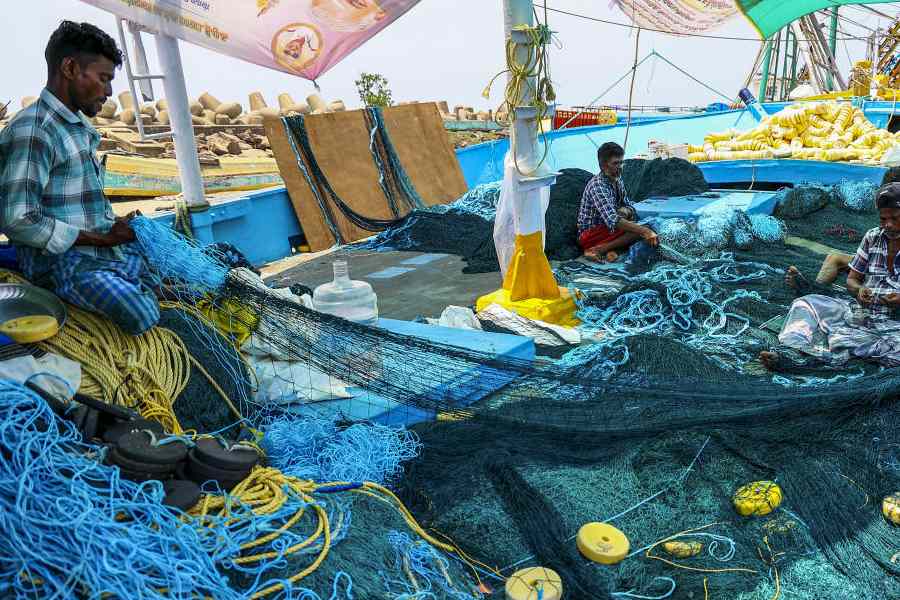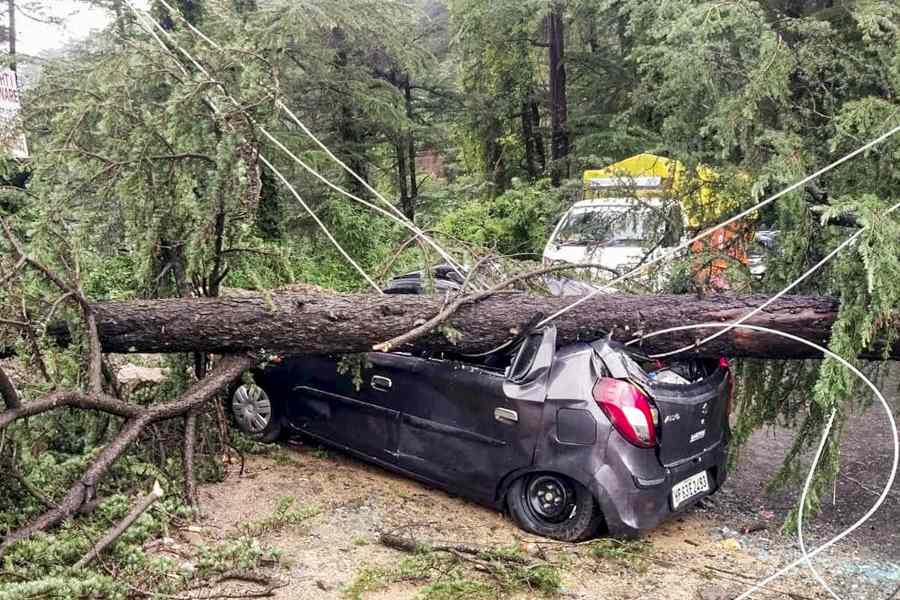
Cuttack, June 28: The Wildlife Society of Odisha has expressed concern over felling of trees at the Kalapat Reserve Forest of Keonjhar district and claimed that it was causing habitat loss for elephants in the state.
The Union ministry of environment, forest and climate change had approved the felling of trees in accordance with the working plan of the Keonjhar forest division. Accordingly, the authorities began cutting down trees in Kalapat in 2016. While tree felling has been temporarily stopped, it will resume again after the rains. But the wildlife society has opposed the continued felling of trees in the area spread over 220sqkm under Telkoi forest range. They claimed it to be "the last viable elephant habitat in the disturbed mining district of Keonjhar".
"It is a negligent decision to permit felling of trees in the patch," wildlife society secretary Biswajit Mohanty said today. He urged the ministry to withdraw the approval in light of the acute human-elephant conflict in the state.
"Let the vast stretch of Kalapat continue to be a haven for endangered elephants," Mohanty said. Forest department officials said tree felling was taken up for extraction of timber and firewood. Every state prepares a working plan for each forest division, outlining all information regarding forest reserves in the division, including the number and species of trees. The mature trees are then marked and listed by forest guards.
The working plan of each forest division is prepared for 10 years. "The last one approved by ministry for Keonjhar division was for April 2007 - March 2017. As the revised working plan for the next decade is under process, we will undertake tree felling during the current year according to an interim annual working scheme for 2017-18, as approved by the ministry," assistant conservator of forests in charge of Keonjhar division working plan, Anadi Charan Das, told The Telegraph today.
"The felling of trees starts every year after monsoon. So, it will be undertaken from August following the approved interim annual scheme," Das said. "The plans and annual schemes are drawn up taking into consideration the wildlife aspect too," he said. According to the wildlife society, the elephant population in Keonjhar had declined from 112 in 2002 to 47 in 2015 because of rampant mining in the district during the past three decades. Large-scale industrialisation also destroyed elephant corridors and habitats. Consequently, the elephants of Keonjhar have been pushed to the Telkoi Forest Range, which the Centre has recognised as one of 14 crucial jumbo corridors in Odisha. The Tekoi-Pallahara jumbo corridor connects Mahabirod Forest Range of Dhenkanal to the Pallahara Forest Range in Deogarh, "providing safe passage to migrating elephants".
"The decision to fell trees in Kalapat as part of the forest division's working plan is baffling as a greater part of Keonjhar district has already been ravaged by coal and sand mining," Mohanty said. "The state's dwindling elephant population will not only be affected by it, but also have a negative impact on the Brahmani river, which is the region's main source of freshwater for people and wildlife," he said.











